 4 Columns
4 Columns
Sealed with a kiss: for your reading pleasure, we present six public displays of affection, from our archives.

Laura Paredes as Laura in Trenque Lauquen. Courtesy Cinema Guild.
The Merriam-Webster thesaurus lists “critic” as an antonym of “lover,” but could they actually be synonyms? In The Companion Species Manifesto (2003), Donna Haraway puts forth this definition of love: “The recognition that one cannot know the other or the self, but must ask in respect for all of time who and what are emerging in relationship, is the key. That is so for all true lovers, of whatever species.” Haraway is thinking about human-dog love here, but the true critic, too, is constantly asking who and what is emerging in their relationship with the art object. Think of Roland Barthes’s description, in A Lover’s Discourse, of the initial dizzying amorous encounter (here in translation by Richard Howard): “(Neither knows the other yet. Hence they must tell each other: ‘This is what I am.’ This is narrative bliss, the kind which both fulfills and delays knowledge, in a word, restarts it. In the amorous encounter, I keep rebounding—I am light.)” In the best criticism, the critic is always rebounding, always restarting knowledge.
This searching kind of love expands beyond the interior space of the critic’s encounter with the work, extending outward into a relationship between critic and public, who become attached to each other through acts of writing and reading. Like the bond between human and dog, criticism is a kind of companionship, as Andrew Chan movingly declares in his 4Columns review of The Eloquent Screen, a 2019 compendium of the late film critic Gilberto Perez’s writings. “For those growing up in communities where art is not a subject of everyday conversation, aesthetic experience can be isolating and bewildering, a site of powerful emotions and challenging ideas that one navigates alone,” Chan says. “Before assuming a position as tastemaker or teacher, the critic is first a kind of imaginary friend—someone who can share that lonely space and justify the intensity of the reader’s feelings.”
Chan makes a stirring case for Perez as an excited and skillful lover—and equally besotted fools can be found everywhere in the 4Columns archives. This week, we propose a reading list of critical love letters in their full, unvarnished passion.
• • •
ANIA SZREMSKI ON TRUE LIFE
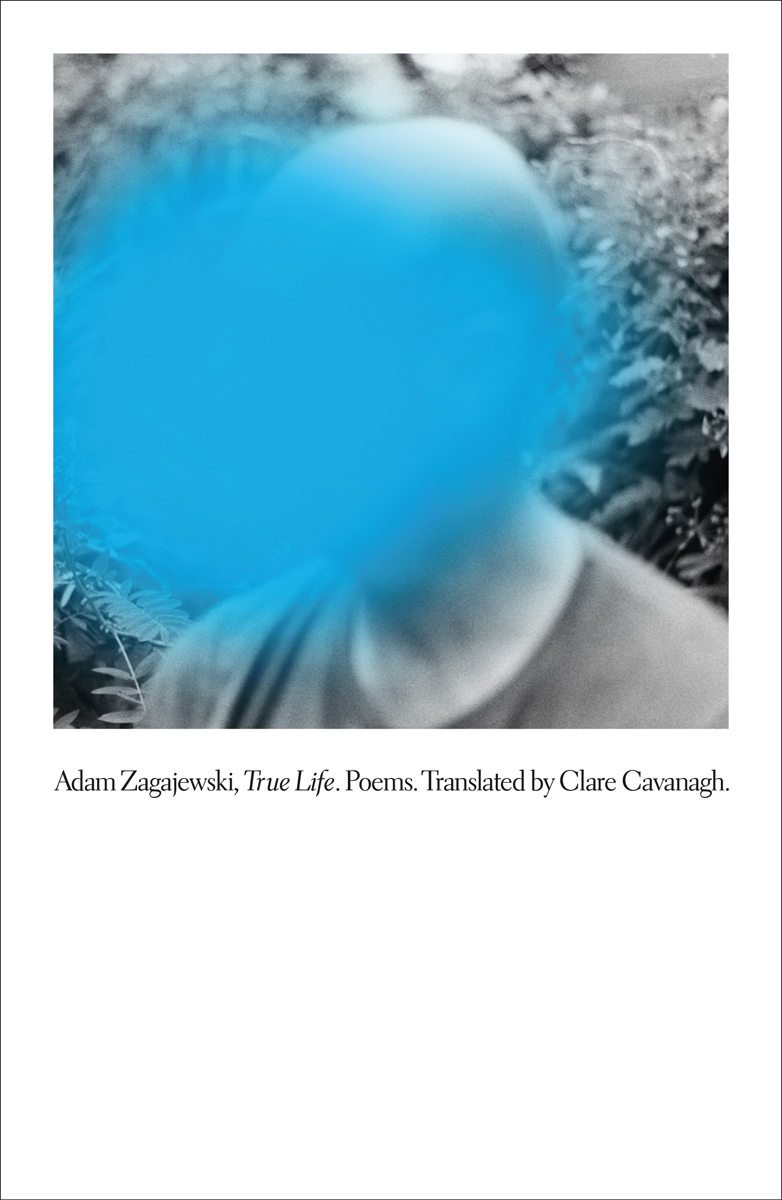
4Columns senior editor Ania Szremski has a lifelong love for the poetry of the late Adam Zagajewski, which she attempted to catechize in her review of his last collection, True Life, published in Polish in 2019, two years before his death. Zagajewski’s faithful translator Clare Cavanagh’s English rendering was issued earlier this year. “For me, sunflowers were written by him,” Szremski relays. “For me, he is the poet of nettles, and waiting rooms, and looking through windows in cars and trains. And the poet of cats, who, arching their backs around an old woman with treats, reveal little pink tongues like orchids. He is the poet of walking down the street, listening to the past; he is the poet of September.” As the critic navigates her grief over love lost in death, she turns to this imaginary friend not for relief, but to score her experience with his words, and tries to share this communion with her imaginary reader.
• • •
MELISSA ANDERSON ON TRENQUE LAUQUEN
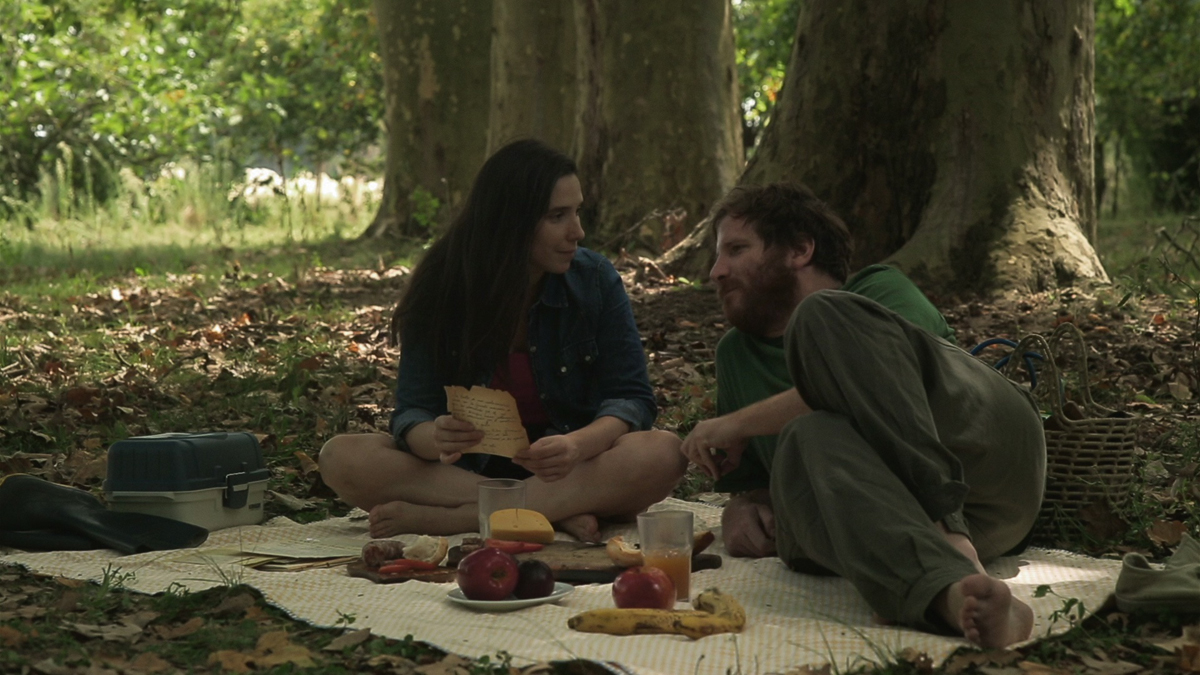
Laura Paredes as Laura and Ezequiel Pierri as Ezequiel in Trenque Lauquen. Courtesy Cinema Guild.
“The best cinema—or, at least, the kind of cinema I respond to most ardently—immerses us in enigmas that are open-ended, that defy pat resolution,” 4Columns film editor Melissa Anderson writes in her deeply felt review of Argentine director Laura Citarella’s Trenque Lauquen, a four-and-a-half-hour epic that came to Film at Lincoln Center this past April. Anderson proclaims that this mysterious film, abounding in romantic triangles, about a lost woman named Laura who can’t stop falling in love, is “one of the greatest romances I’ve seen.” Not just for the story it tells, but also for its invitation to the viewer: “Trenque Lauquen . . . reaffirms what we are too perilously close to forgetting: that going to a cinema, especially to succumb to a movie that makes a not-insignificant demand on your time, is itself a commitment to adventure—a folly, perhaps, but what memorable romance isn’t?”
• • •
SASHA FRERE-JONES ON THE UNCOLLECTED ESSAYS OF ELIZABETH HARDWICK
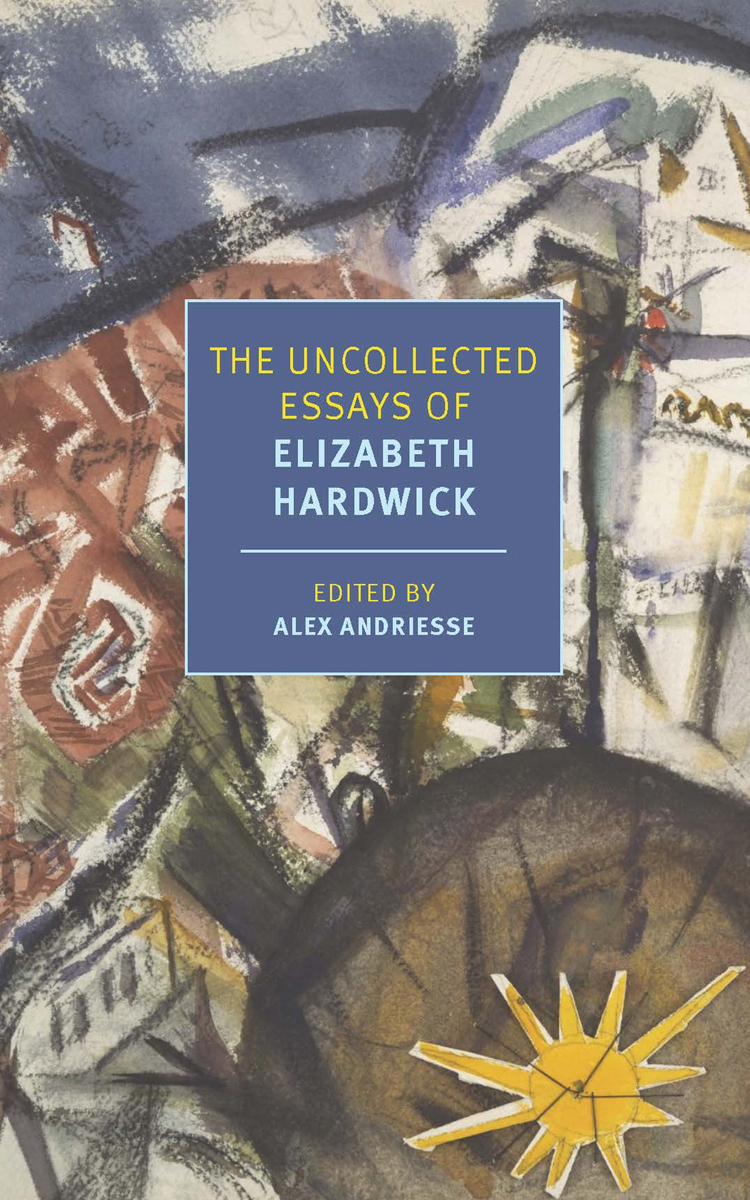
Does the lover not always demand more, want more, desire more of their loved one? Such is the seeking position of Sasha Frere-Jones in his review of last year’s The Uncollected Essays of Elizabeth Hardwick, in which he does not succumb to the fantasies of his own fandom but instead rigorously grapples with Hardwick’s prose with the ferocity of a true lover. As our critic says, “You see how many words it takes up to do this kind of police work, and it feels both nerdy and prurient to hold someone to their own standards. But Hardwick was ruthless, and so should we be with her. . . . A Hardwick essay is a collection of variations, and once we accept the sparkle and pleasure of those varying sentences, Hardwick’s work loses its starchy folds and lays flat. Some pistachios don’t open! Don’t be so greedy! Are we not fed?”
• • •
SUKHDEV SANDHU ON A SHORT HISTORY OF TOMB-RAIDING
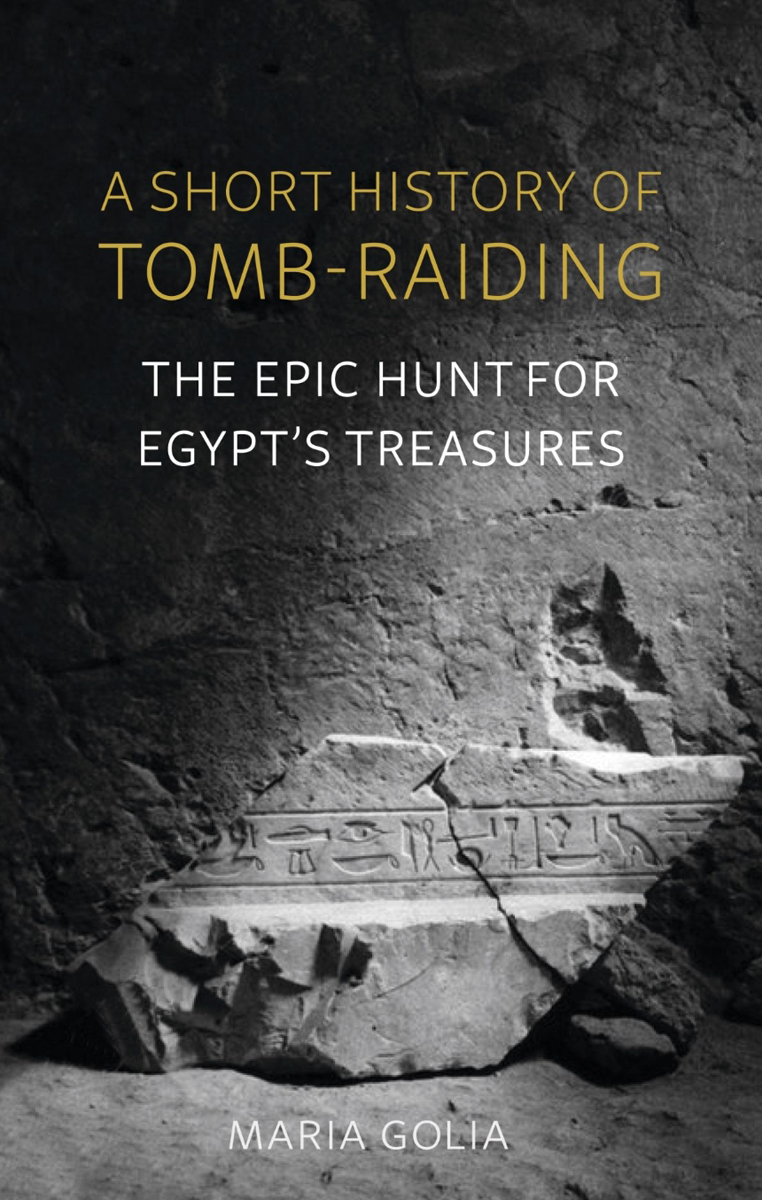
But just the same, what pleasure is to be found, also, in luxuriating in what we see as the wonderfulness of our beloved. Shout it from the rooftops: Sukhdev Sandhu adores Maria Golia! In his review of her latest book, A Short History of Tomb-Raiding (2022), Sandhu pens an enamored missive to the author: “Whatever Maria Golia writes about, she’s really writing about wonder. . . . Now, in A Short History of Tomb-Raiding, she has created a treasure house that teems with wonderful stories, both extraordinary and plaintive, of banditos, bathos, feats of daring.” In her droll, eccentric, astute, analytical, and metaphysical history, Sandhu writes, “she chronicles graft, exploitation, bittersweet laughter, the will to survive, power and its ultimate powerlessness. Beneath and beyond it all she sees—creates—a salvific wonder.”
• • •
JOHANNA FATEMAN ON LYNDA BENGLIS
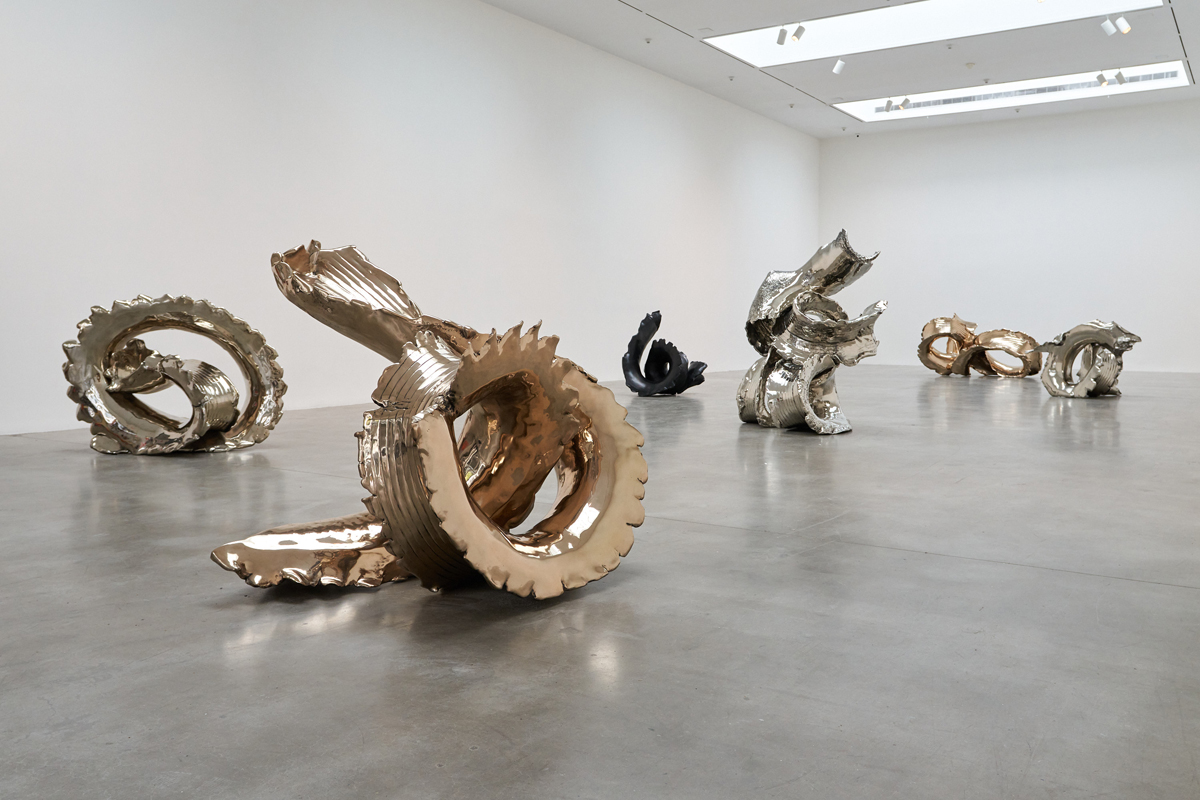
Lynda Benglis: An Alphabet of Forms, installation view. © Lynda Benglis. Courtesy Pace Gallery.
Part of true love is learning to grow together with the beloved over time, even when lover and beloved change in different ways. When Lynda Benglis showed her shiny new bronze sculptures at Pace Gallery in 2021, many critics turned up their noses, dismissing the work as market-oriented and inferior to her earlier, more anarchic art. But in Johanna Fateman’s review for 4Columns, the writer seriously contended with her enduring affinity for Benglis’s practice and how that affinity has developed over the years, while detailing her initial resistance to the bronze sculptures and how she was able to look at them with generosity. “My love for Lynda Benglis’s work dates back to my first encounter with it—in the 1990s, in a class on women artists at the School of Visual Arts in New York, taught by feminist painter May Stevens,” Fateman recalls. “I later came to understand [Benglis’s provocations] as conceptually and even aesthetically continuous with a career-spanning challenge to decorum, broadly defined.” If the new works appear at first glance to be, on the contrary, totally decorous, “a world away from [Benglis’s earlier] punk economy and imprecision,” closer interrogation reveals that they actually “retain that cocksure and menacing Benglis essence.”
• • •
HARMONY HOLIDAY ON PHAROAH SANDERS

Poet-critic Harmony Holiday has been penning exquisite love letters to her favorite musicians for 4Columns since her first review for us in 2021, of legendary jazz saxophonist Pharoah Sanders’s recent album Promises, a collaboration with Floating Points and the London Symphony Orchestra. Like the above reviews, Holiday’s essay poignantly demonstrates how beautiful prose combined with trenchant analysis can serve as respectful tribute to the beloved—which here is not just Sanders himself, but the genre of jazz at large. After John Coltrane’s death, Holiday argues, “the revolutionary love that dominated the sound of late-1960s jazz also dissipated . . . Escapism had replaced struggle as naturally as one note held for too long must shift or fizzle. Fifty years later, Pharoah is again helping us find the next frequency. Having survived the spiritual and cosmic tendencies of the 1970s and the unfortunate ‘world music’ pivot jazz underwent in the ’80s and ’90s—a dull hyperrealism undercut by almost minstrelized enforcement of ‘diversity’ and tokenism within bands and styles—Pharoah is one of the only living musicians equipped to carry jazz tradition beyond the blithe politeness of mainstream appropriation and hype in which it currently languishes.”
As we come to the end of this amorous roundup, we return one last time to Barthes to sum up the critic’s potential as lover. Barthes recounts leaving the movie theater in the throes of a tormenting infatuation, and crying “not: make it stop! but: I want to understand (what is happening to me)!” Trying to make sense of this utterance, Barthes mulls, “Interpretation: no, that is not what your cry means. As a matter of fact, that cry is still a cry of love: ‘I want to understand myself, to make myself understood, make myself known, be embraced; I want someone to take me with him.’ ” In the critical encounter, the artist takes the critic with them, the critic takes the reader, and we all try to understand, and be understood.